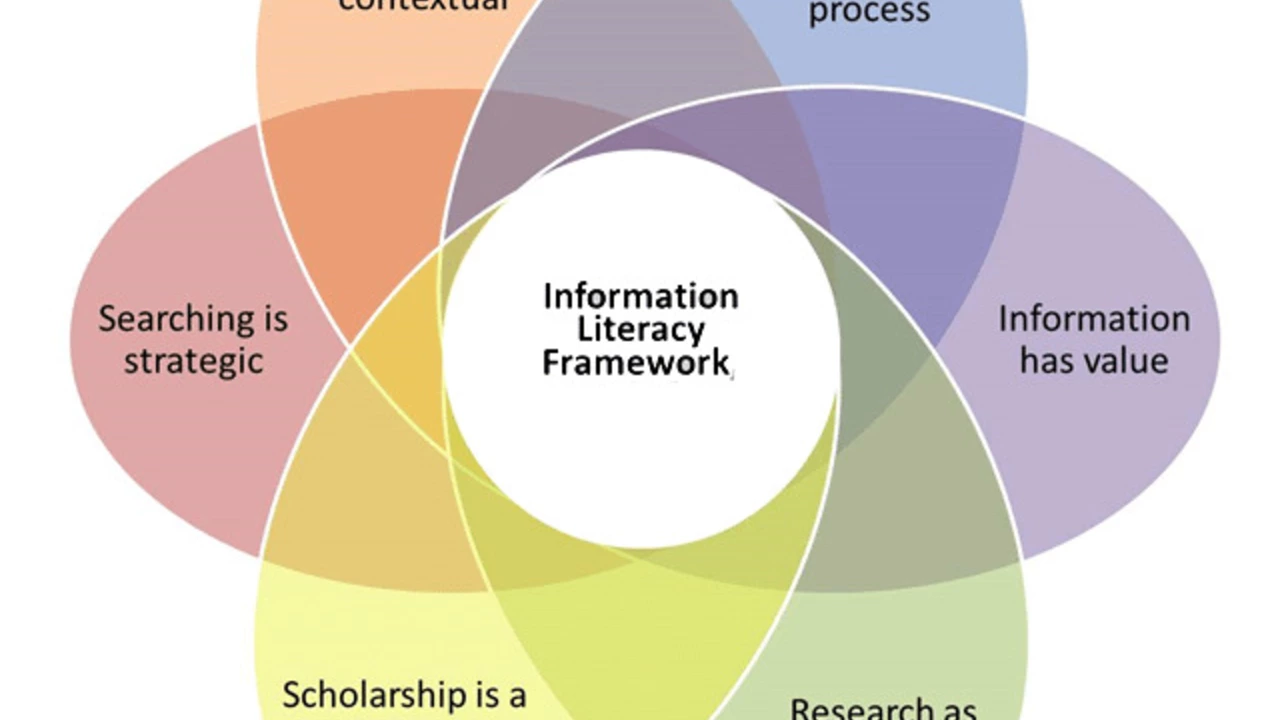How could higher education provide better value to students?

Understanding the Value of Higher Education
Before we delve into how higher education can provide better value to students, it's important to first understand the value of higher education itself. It's more than just a piece of paper or a stepping stone to a good job. It's about personal growth, intellectual stimulation, and broadening one's horizons.
Improving the Quality of Teaching
One of the most direct ways to increase the value of higher education is by improving the quality of teaching. This can be achieved by investing in teacher training and development, using innovative teaching methods, and ensuring that teachers are well-equipped to meet the diverse needs of their students.
Increasing Accessibility
Higher education should not be a privilege reserved for the few. It should be accessible to all who desire it. This means removing barriers such as high tuition fees and stringent entry requirements, and providing support for students from disadvantaged backgrounds.
Making Education Relevant
For education to be of value, it has to be relevant to the real world. This means aligning the curriculum with industry trends and needs, and providing students with practical skills and experiences that they can apply in their future careers.
Encouraging Lifelong Learning
In this rapidly evolving world, learning should not stop at graduation. Higher education institutions should encourage lifelong learning by offering flexible learning options, continual education programs, and opportunities for professional development.
Enhancing Student Support Services
Higher education can be a challenging journey. To help students navigate this journey, institutions should provide robust support services, including academic advising, career counseling, mental health services, and financial aid.
Promoting Innovation and Research
Innovation and research are key drivers of societal progress. By promoting these areas, higher education institutions can provide immense value not just to their students, but to society as a whole.
Building Strong Industry and Community Connections
Strong connections with industry and community can enhance the value of higher education by providing students with real-world experiences, networking opportunities, and pathways to employment.
Measuring and Communicating Value
Finally, higher education institutions need to do a better job of measuring and communicating the value they provide. This could involve tracking graduate outcomes, conducting regular student satisfaction surveys, and making this information readily available to prospective students and their families.
In conclusion, higher education has the potential to provide immense value to students. However, to fully realize this potential, institutions need to focus on improving the quality of teaching, increasing accessibility, making education relevant, encouraging lifelong learning, enhancing student support services, promoting innovation and research, building strong industry and community connections, and communicating their value.